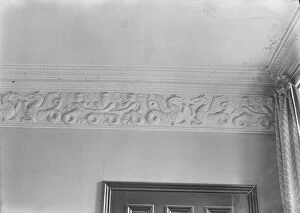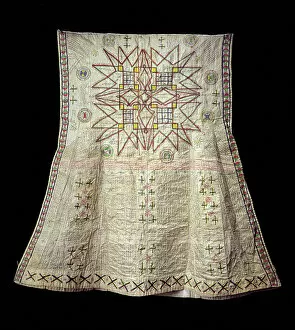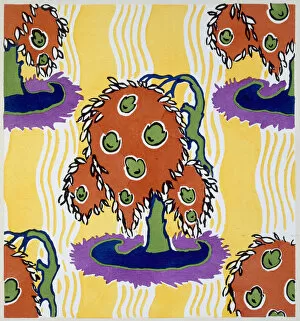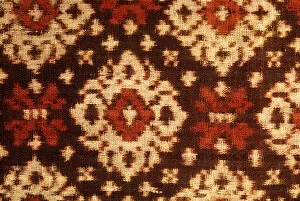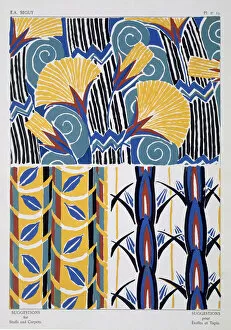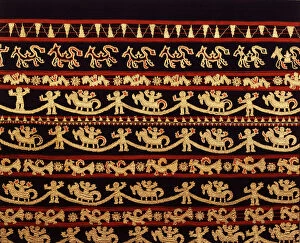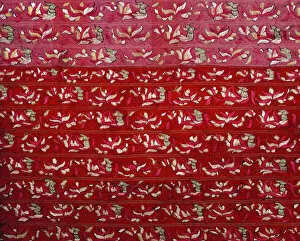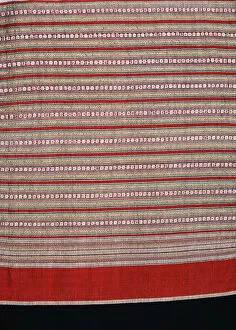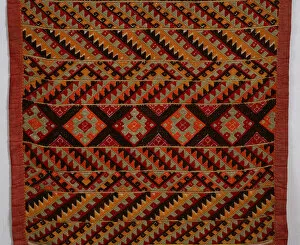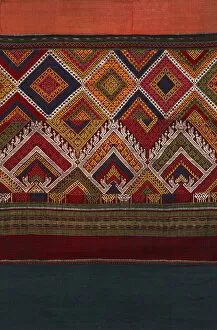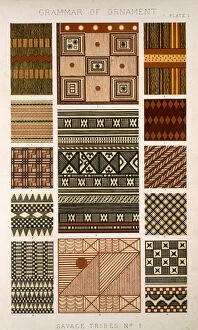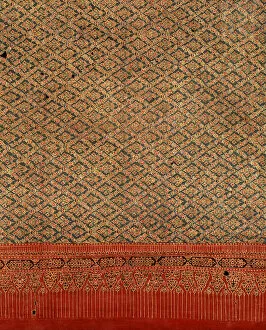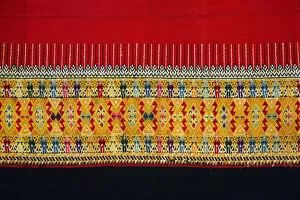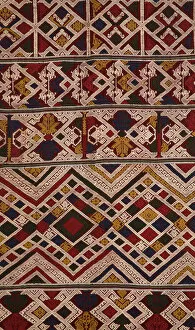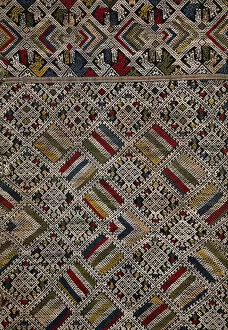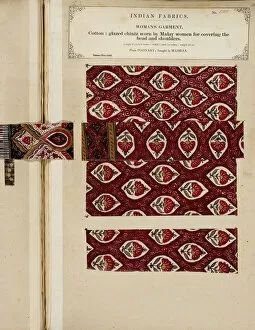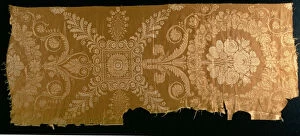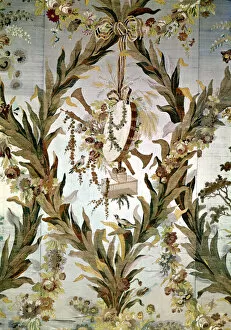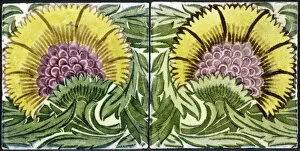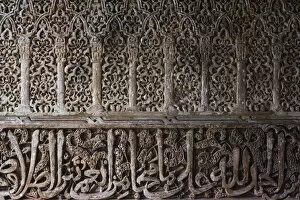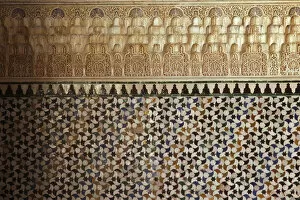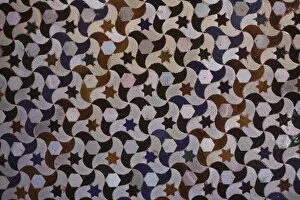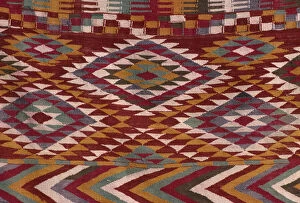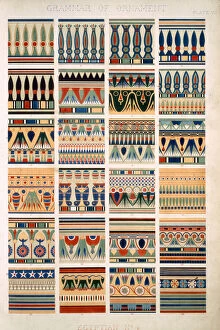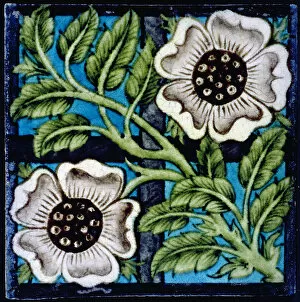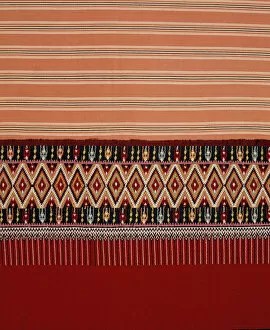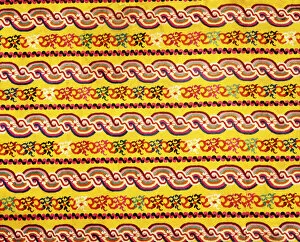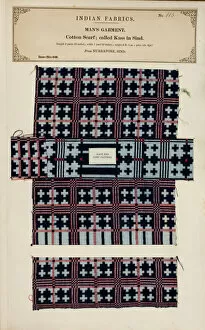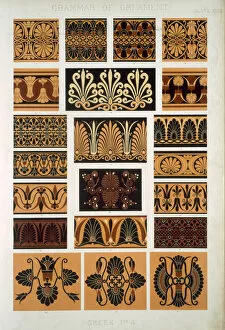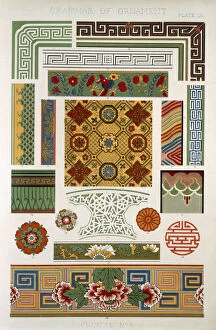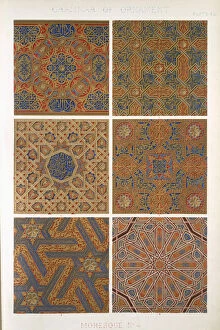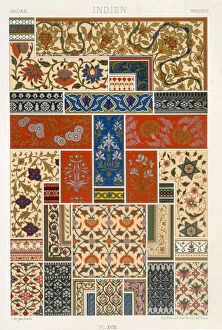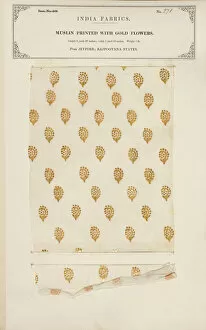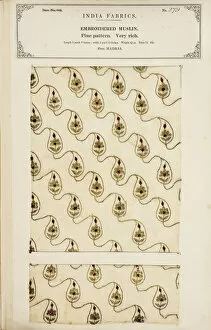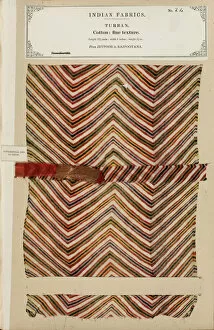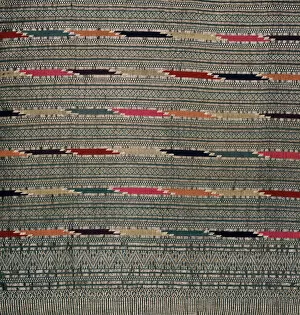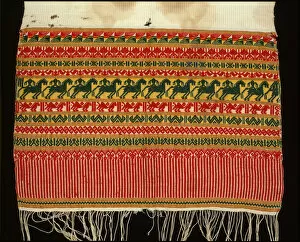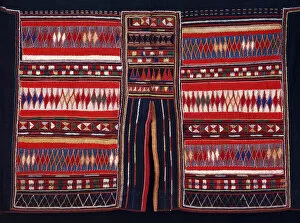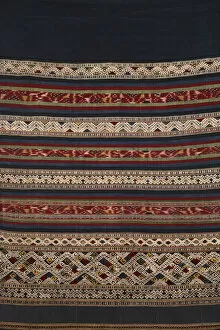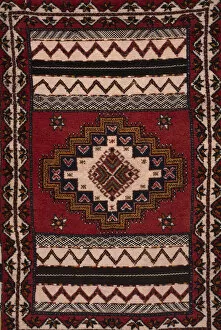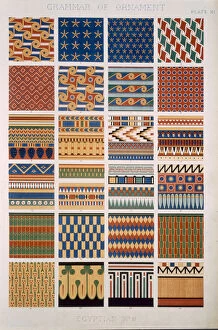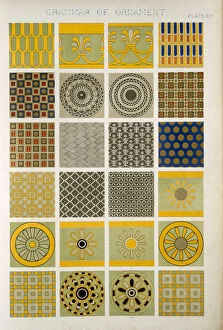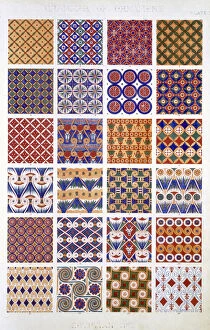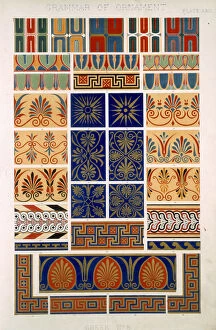Repeating Pattern Collection
"Discover the Beauty of Repeating Patterns
For sale as Licensed Images
Choose your image, Select your licence and Download the media
"Discover the Beauty of Repeating Patterns: A Journey through Europe's Vibrant Textile Heritage" Embark on a visual odyssey as we explore the captivating world of repeating patterns found across Europe, particularly in England and London. From iconic landmarks like 30 St Mary Axe to bustling transportation hubs like Kings Cross Station, these architectural wonders showcase mesmerizing geometric designs that echo throughout their structures. But our exploration doesn't stop there. Delve into the enchanting realm of textiles, where dragons and mermen intertwine in a Sudanese Tunic, transporting us to distant lands filled with mythical creatures and rich cultural traditions. Marvel at the intricate patterns adorning a ceremonial tapestry worn during festivities in southern Sumatra or lose yourself in the vibrant hues of an Indonesian Hinggi textile from Sumba. Travel back in time to Paris circa 1925, where Floreal Dessins & Coloris Nouveaux introduced innovative design concepts through stunning color lithographs. Feast your eyes on double ikat masterpieces from Bali's Tenganan village or immerse yourself in interior design patterns that once adorned luxurious carpets and fabrics. The journey continues as we encounter an embroidered skirt showcasing delicate flower and swan motifs from Myanmar, revealing the artistry embedded within every stitch. Finally, witness the craftsmanship behind a Tai Yuan skirt crafted with cotton thread from northern Thailand—a testament to centuries-old weaving techniques passed down through generations. Join us as we celebrate these remarkable repeating patterns—an artistic language transcending borders and cultures—showcasing humanity's boundless creativity expressed through fabric design.



